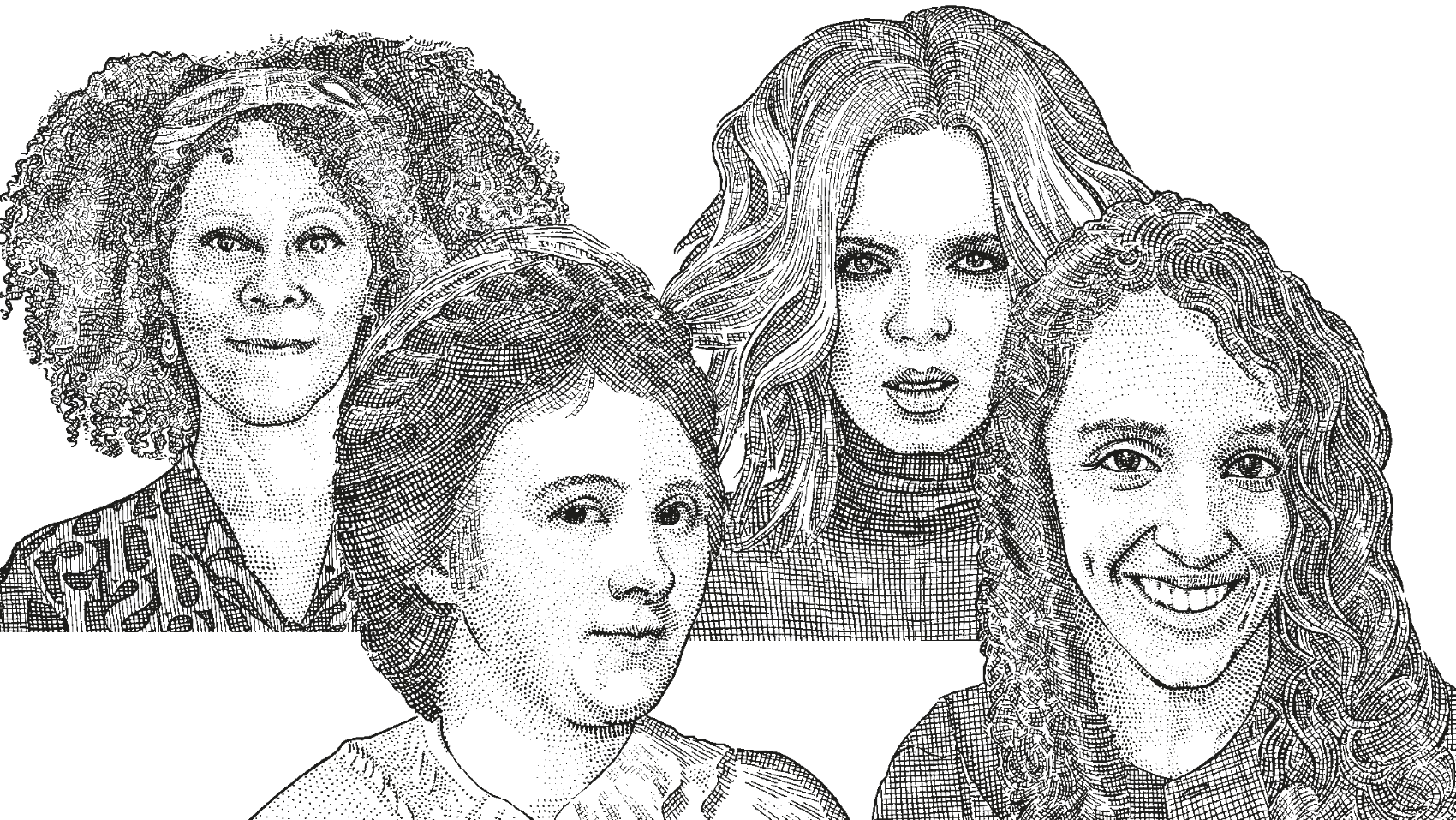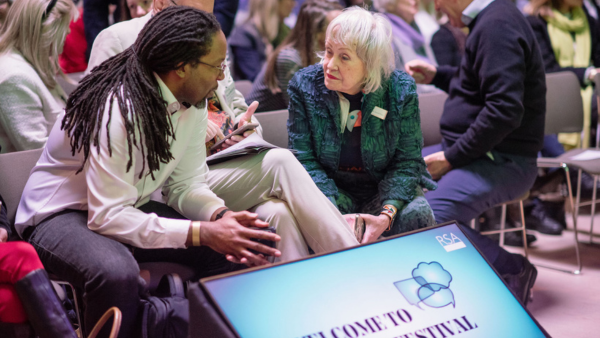Once in a while you read something which you know you will find yourself quoting for years. Maybe it's funny, surprising, shocking but more often it is because it confirms something we have long believed but not found a way of proving and expressing powerfully.
Recently I came across an example in the RSA Journal and today I am going to quote it at length (in blog terms). It is from a piece by Mario Luis Small, Professor of Sociology at Chicago University, and describes the findings of a research study among mothers in New York:
Levels of commitment
Consider the centres that cared for the children of the women we studied for several years. We interviewed the directors of many different kinds of childcare centre – 23 in all, ranging from the commercial to the nonprofit, the secular to the religious, the corporate to the standalone – and observed what staff, children, mothers and fathers (though few of the latter were visible) did over the course of operations.
At the end of our study, nothing surprised us more than how much the centres differed in their social capital. In some, most mothers forged new friendships among the other parents; together, they organised parties, arranged play dates, attended movies and dinners, and developed what many of them referred to as a new community. Joining the centre had measurably transformed their social networks (as we confirmed through statistical analyses of representative data). In other centres, mothers knew few, if any, of the other parents; they did not party or dine with them, or babysit their children. These centres served as little more than drop-off and pick-up locations. In one rare example, the director had even tried to build social capital but failed: she threw a pizza party for parents to socialise and almost none of them attended.
The socially effective centres did not differ from the others in the amount of leisure time the mothers had at their disposal; in all of them, most mothers worked full-time. Race, class, lifestyle and neighbourhood did not explain the difference, and nor did these centres have particularly heroic directors committed to creating a sense of community among the parents. On the contrary, few directors displayed any interest in building social capital for its own sake. Like the rest of us, they were busy; they had a centre to run.
Instead, social capital typically emerged when directors were trying to accomplish some other task, one that gave parents opportunities to interact or incentives to cooperate. For example, many directors believed strongly that children should be exposed to zoos, museums, libraries, children's parks and farms. But trips to these locations require many more adults than are needed in the classroom, to prevent children from sticking their hands in monkey cages, wandering off in parks or slipping into ponds at apple-picking expeditions. Since hiring more staff for these occasions was costly, the centres needed parents to attend. No parent volunteers, no field trips. Centres needed volunteers for other activities, too, such as sanding and painting playgrounds at the end of the year, contributing food for various ceremonies and raising money to keep tuition fees moderate. In some centres in low-income neighbourhoods, mothers were expected either to raise a certain amount over the course of the year – usually about US$300 – or pay it out of pocket. To avoid paying the fee, parents had to volunteer for group fundraising activities, such as selling baked goods or holding raffles.
All of these activities – field trips, clean-ups, ceremonies and raffles – required interaction and socialisation with others; they obliged parents to meet, talk, exchange phone numbers, arrange schedules and get organised. As a result, the centres that imposed greater demands on parents provided opportunities and incentives that, over the course of weeks and months, stimulated the formation of social capital.
So, organisations can generate social capital. Indeed, organisational behaviour is crucial to the overall level of social capital in a society. But the degree to which organisations act as social capital generators is a function not of the organisations's commitment to social capital per se (forget engagement for engagement's sake) but of its attempt to provide a better service through engaging citizens in co-producing that service.
It's as obvious as it is powerful. And as austerity means that more and more existing and potential services rely on citizen engagement and participation this research offers concrete reasons: (a) to hope that to some extent austerity might generate new social capital and (b) to explore how we must change organisational cultures and incentives to enable managers and front line workers to engage citizens as co-producers of public value.
Related articles
-
Nine famous female Fellows inspiring inclusion
Dean Samways
International Women’s Day 2024 invites us to imagine a world where all genders enjoy equality. Where prejudice and discrimination no longer exist. This is the world our work is helping deliver to this and future generations.
-
Fellows Festival 2024: changemaking for the future
Mike Thatcher
The 2024 Fellows Festival was the biggest and boldest so far, with a diverse range of high-profile speakers offering remarkable stories of courageous acts to make the world a better place.
-
Inspired by nature
Rebecca Ford Alessandra Tombazzi Penny Hay
Our Playful green planet team summarises a ‘lunch and learn’ at RSA House that focused on how the influence of nature can benefit a child’s development.




Be the first to write a comment
Comments
Please login to post a comment or reply
Don't have an account? Click here to register.